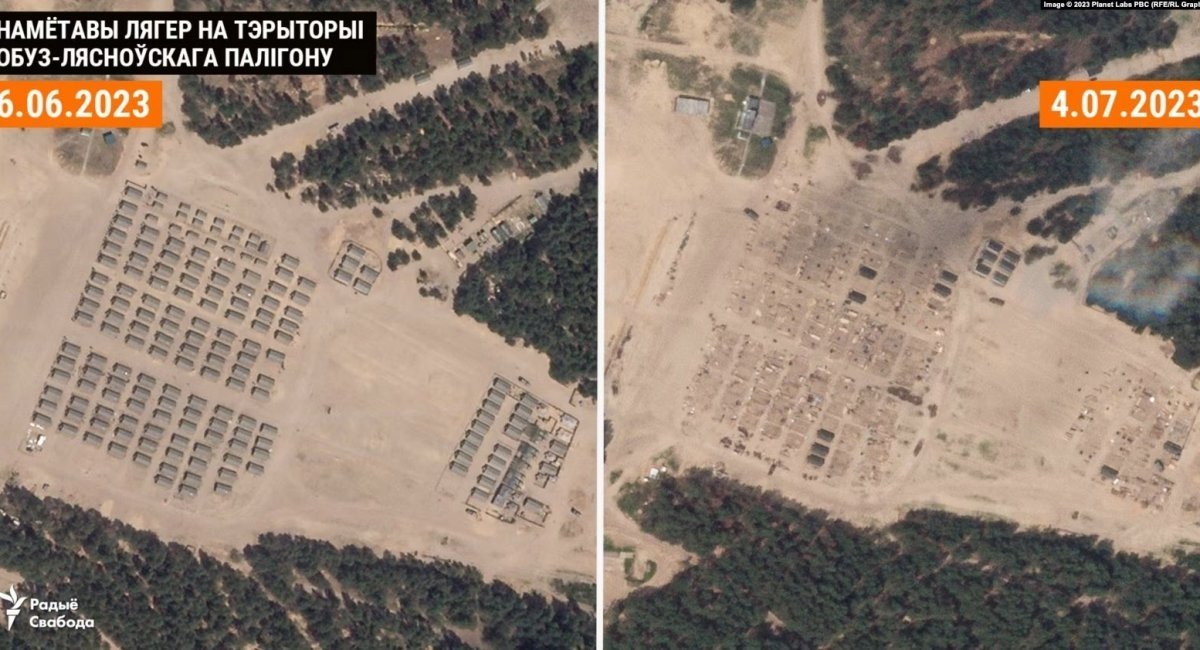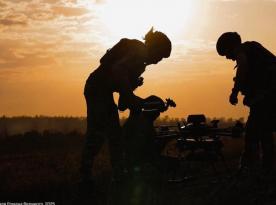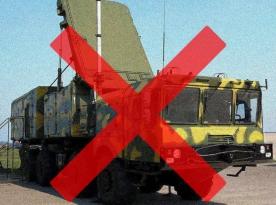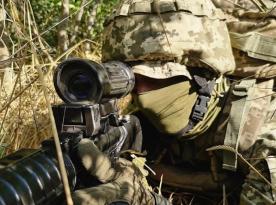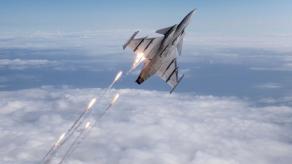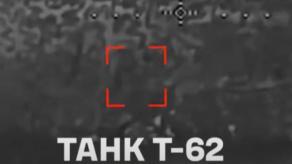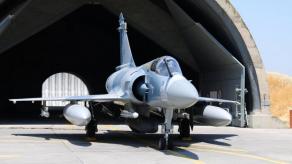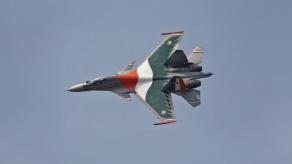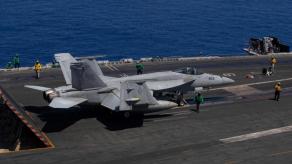Satellite imagery from planet labs gives an opportunity to notice and record the removal of several field camps for training of russian mobilized personnel on the territory of belarus. The following images were published by the belarusian office of RFE/RL.
Comparative analysis brings to light now empty locations at the Obuz-Lesnovsky range near Baranavichy, Lepelsky in the Vitebsk Oblast and Repishcha near Asipovichi.
Read more: Army of belarus Raised on Red Alert Showing Lukashenko's Greatest Fear
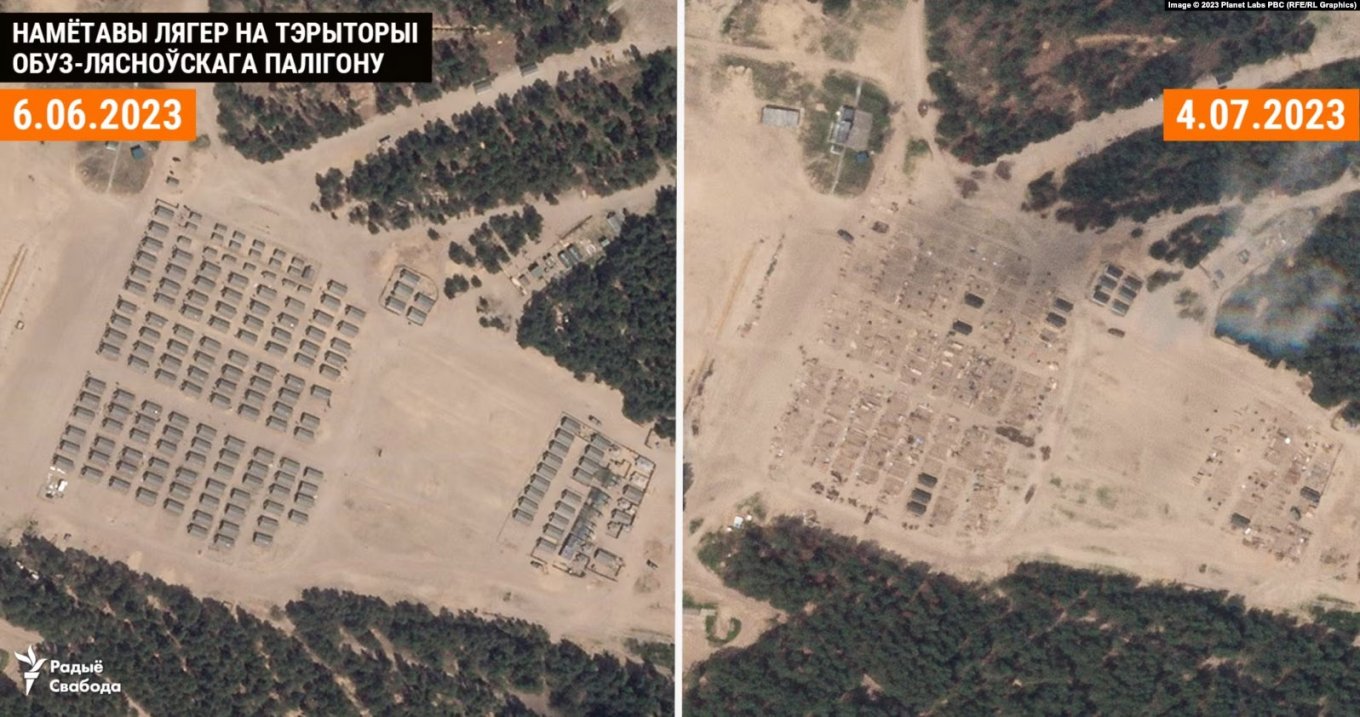
All the new images are dated July 4th, which means the displacement of tents most likely started a few days prior, around July 2-3. At the time, removal was still in process at Lepelsky training ground when the photos were taken. But worth noting, disassembly of the camp must have already begun earlier since it takes more than just fold the tents to remove a camp – one has also to drive away the vehicles and tons of other equipment.
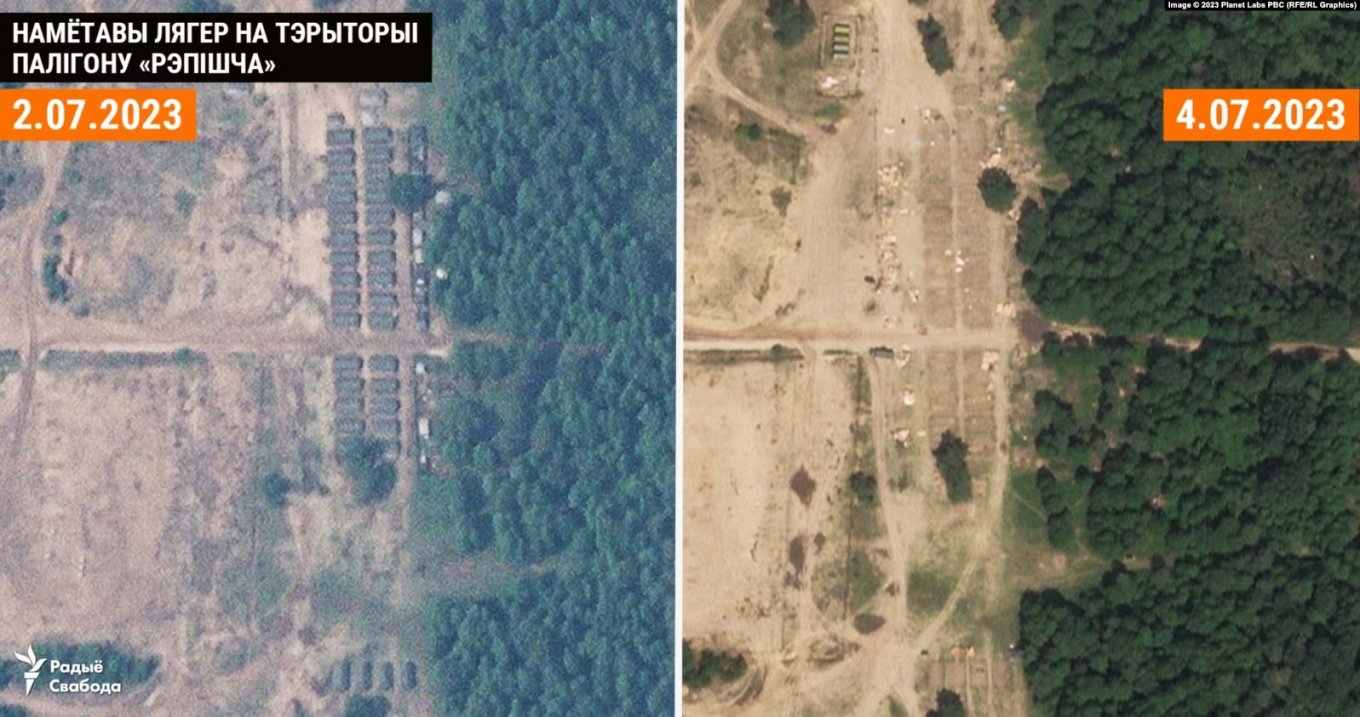
The total contingent at all these camps combined could be approximately 5,000 personnel: 3,000 at Obuz-Lesnovsky, 1,500 more at Lepelsky and 600 at the smallest one, Repishcha.
Nonetheless, an important fact is that even half of the list of all the camps erected by the russian army in the nearby country of belarus to train its mobilized reservists. Generally, the number of russian troops in belarus was estimated at 10,000–11,000. And the overall russian plan provided for accommodation for up to 20,000 soldiers, according to Defense Intelligence of Ukraine's Ministry of Defense.
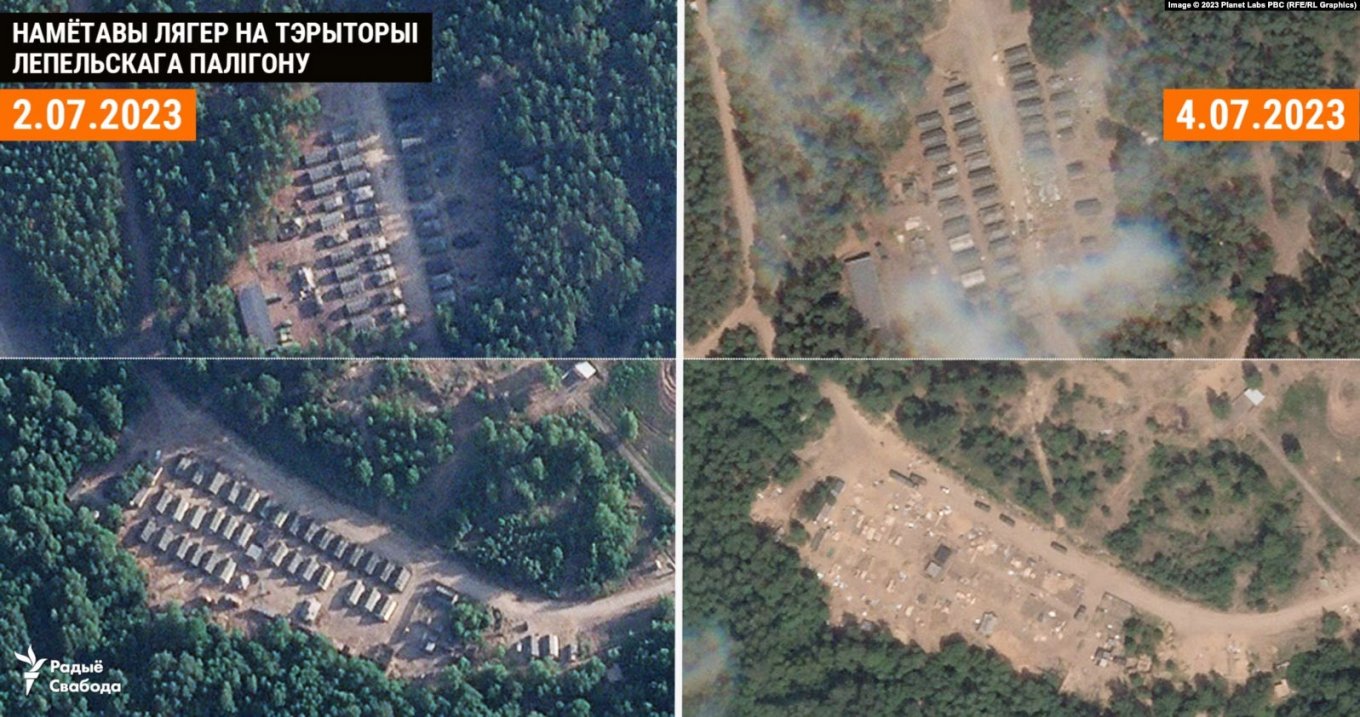
That said, reducing the number of training camps it's not something you want to do in order to increase the number of troops stationed there. At the same time, it is too early to say Minsk now has less involvement in the military aggression against Ukraine.
After all, we should not forget that recently a new yet empty field camp was deployed near the Tsel village, next to the permanent base of the 465th Missile Brigade, allegedly, specially for the Wagner Group mercenaries who were de facto exiled to belarus after their mutiny against russian leadership.
There is a possibility that this new camp will be expanded because earlier statements said "Wagnerites" would be in charge of training the russian mobilized personnel.
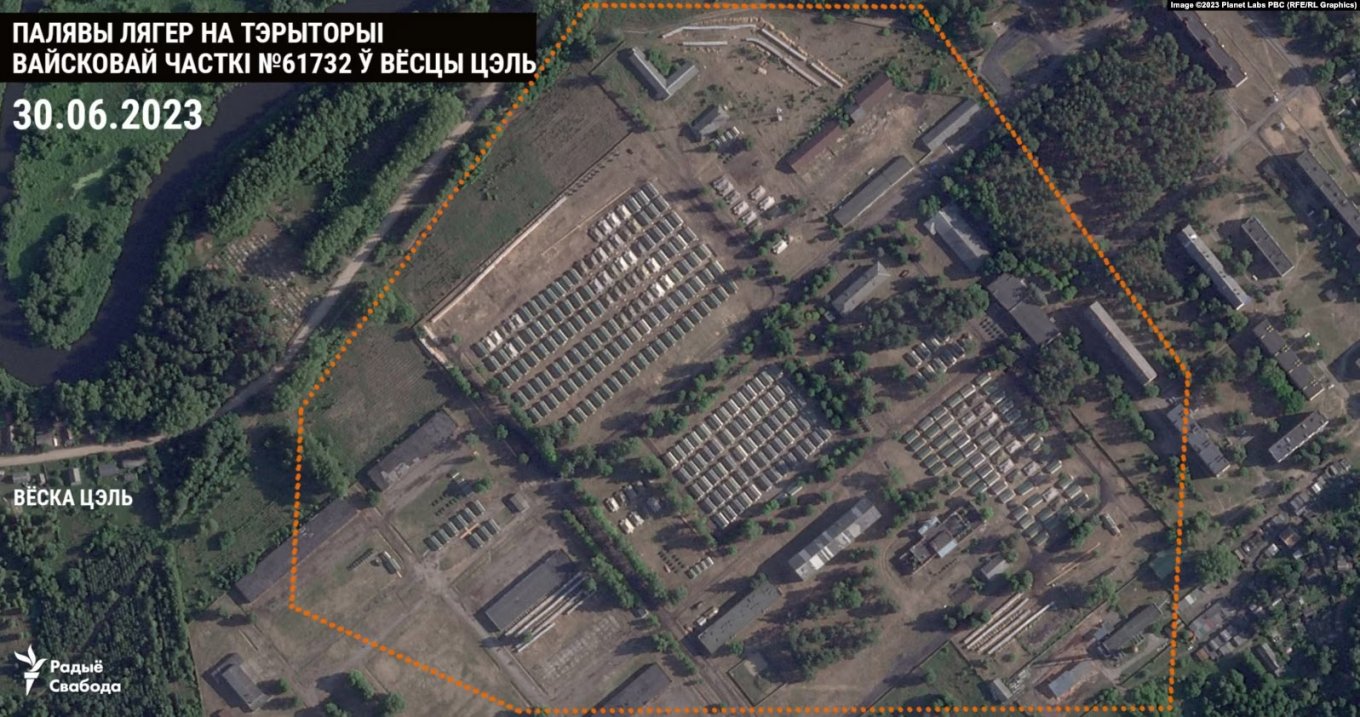
Another possibility is that there is still no solution to the accommodation crisis that emerged in belarus after russian soldiers started flooding the barracks of the belarusian own army. All these camps appeared 9 months ago and it usually is enough time to expand existing or even build new barracks.
On the other hand, there was also enough time for russia to beef up infrastructure necessary for military training of large quantities of mobilization, because in the beginning of the so-called "partial mobilization" the whole system fell apart. Besides, the Kremlin apparently decided not to repeat the mistake of mobilizing a large group at once and instead switched to enlistment of small groups on a regular, daily basis.
Read more: Prigozhin's March Seems to Have Ended in a Literal "Turnaround": What was That and What Happens Next



